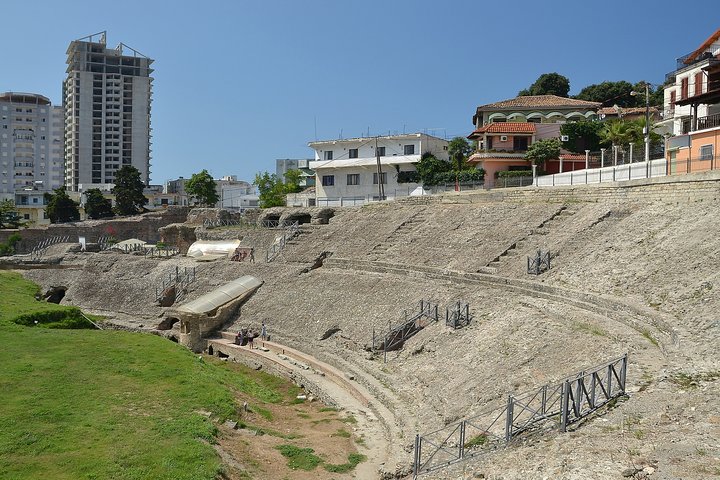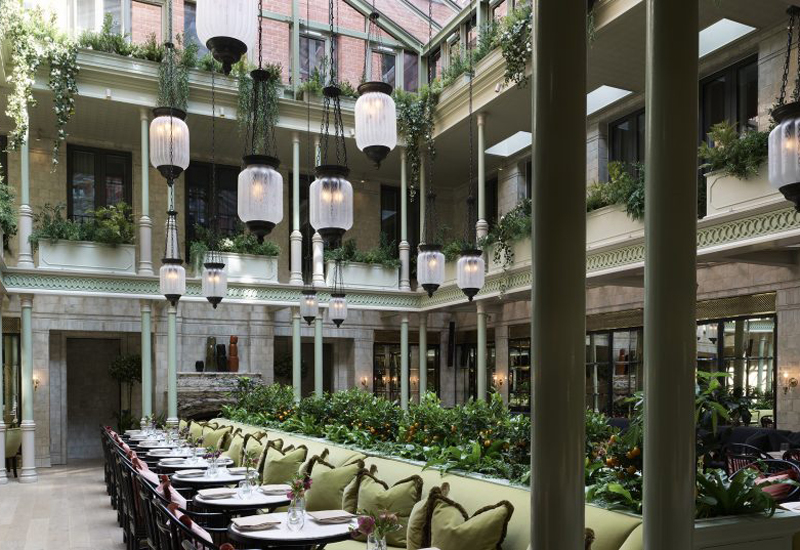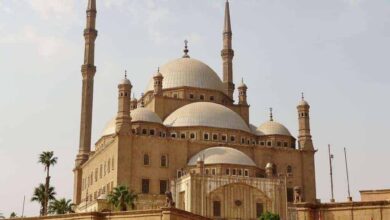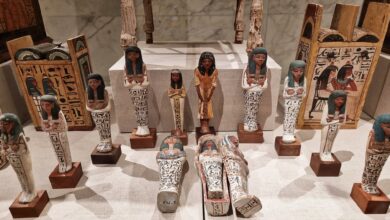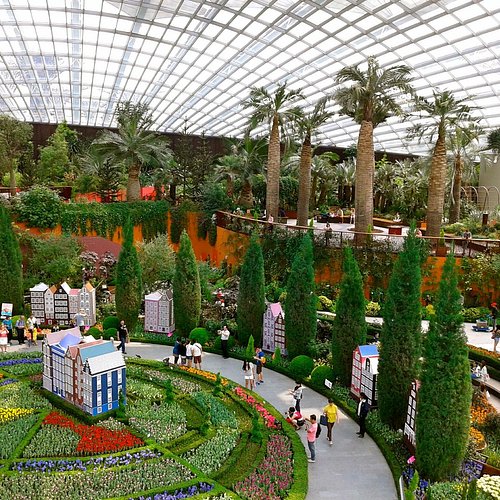Aria Travels
Britain
2 weeks ago
A Visitor’s Guide: Navigating the British Museum’s Entrance Fees
Source: cdn.sanity.io Understanding the British Museum Entrance Fees Overview of the British Museum The British…
Arab World
April 20, 2025
Travel Agency in Morocco Casablanca: Who to Trust
Source: dynamic-media-cdn.tripadvisor.com Overview of Travel Agencies in Morocco Popular travel agencies in Casablanca Casablanca, often…
Arab World
April 21, 2025
Grand Tour of Morocco: How to See It All in 3 Weeks
Source: cdn.kimkim.com Planning Your 3-Week Grand Tour of Morocco Setting the Itinerary When creating a…
Arab World
April 27, 2025
Contiki Morocco Review: Is This Group Tour Right For You?
Source: www.contiki.com Overview of Contiki Morocco Group Tour Experience the Magic of Morocco The Contiki…
Arab World
April 21, 2025
Marrakech Morocco Things to Do at Night
Source: www.groovymashedpotatoes.com Overview of Marrakech Nightlife Introduction to Marrakech Marrakech, a vibrant city in Morocco,…
Arab World
April 21, 2025
Things to Do in Rabat: Morocco’s Underrated Capital
Source: ratherbewandering.com Introduction Overview of Rabat, the Capital of Morocco Rabat, the capital of Morocco,…
Britain
May 7, 2025
What are the top 3 most interesting landmarks?
Are you planning a trip to England and wondering which landmarks you shouldn’t miss? Do…
Britain
May 6, 2025
Is the British Museum free to visit?
Are you planning a trip to London and wondering if the British Museum charges an…
Britain
May 5, 2025
Where is the top view of London?
Are you planning a trip to London and wondering where to find the best panoramic…
Britain
May 4, 2025
What is the legend about the London Tower?
Have you ever wondered about the secrets hidden within the Tower of London? Are you…

